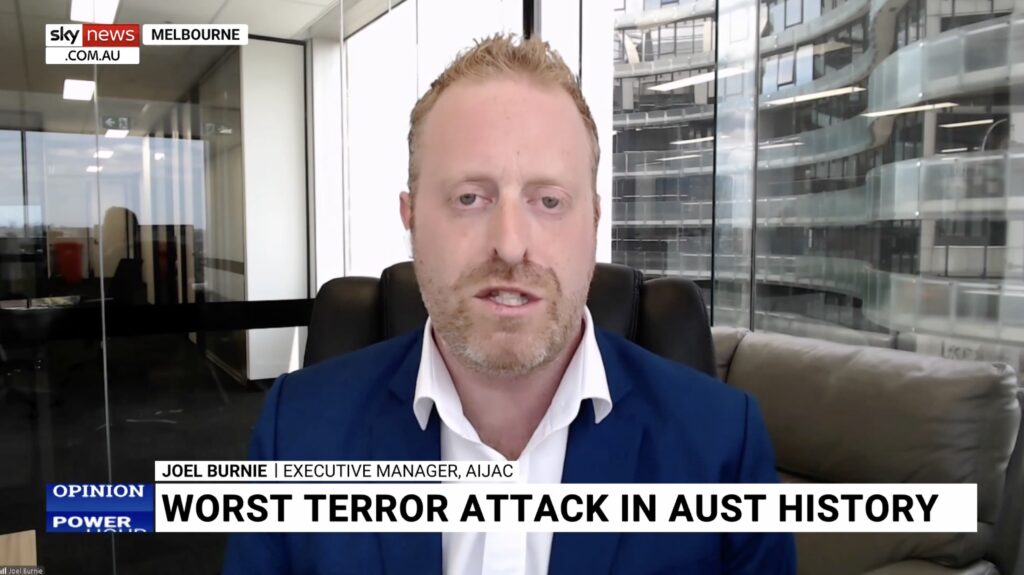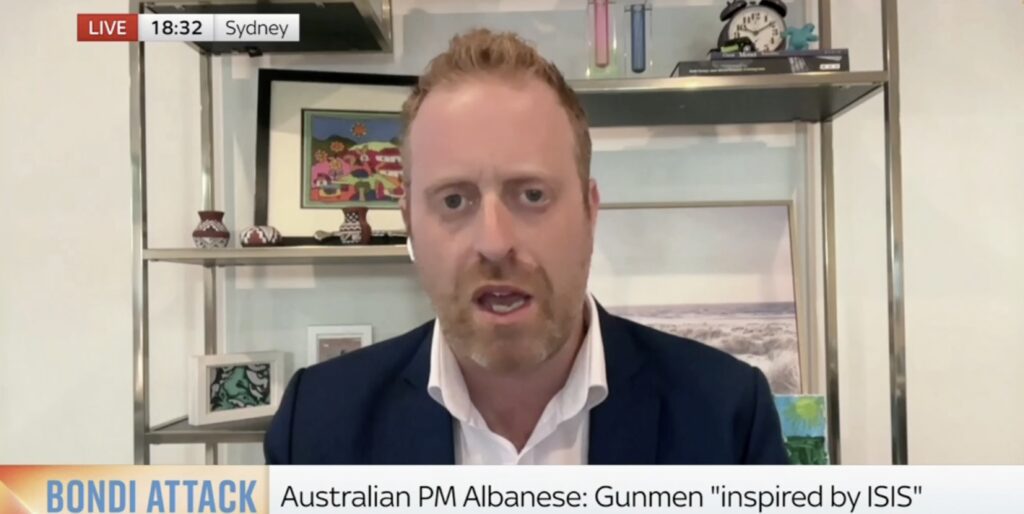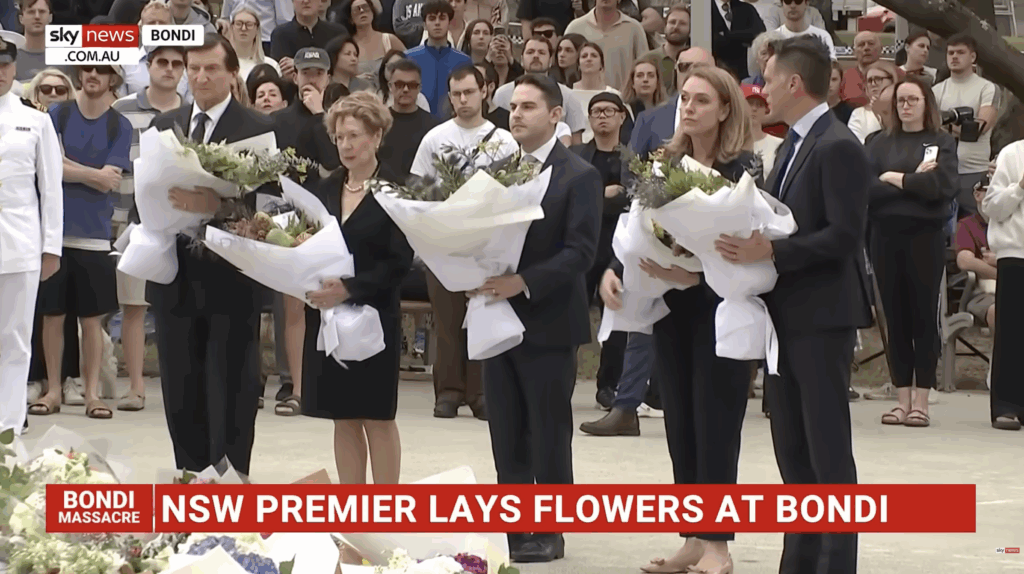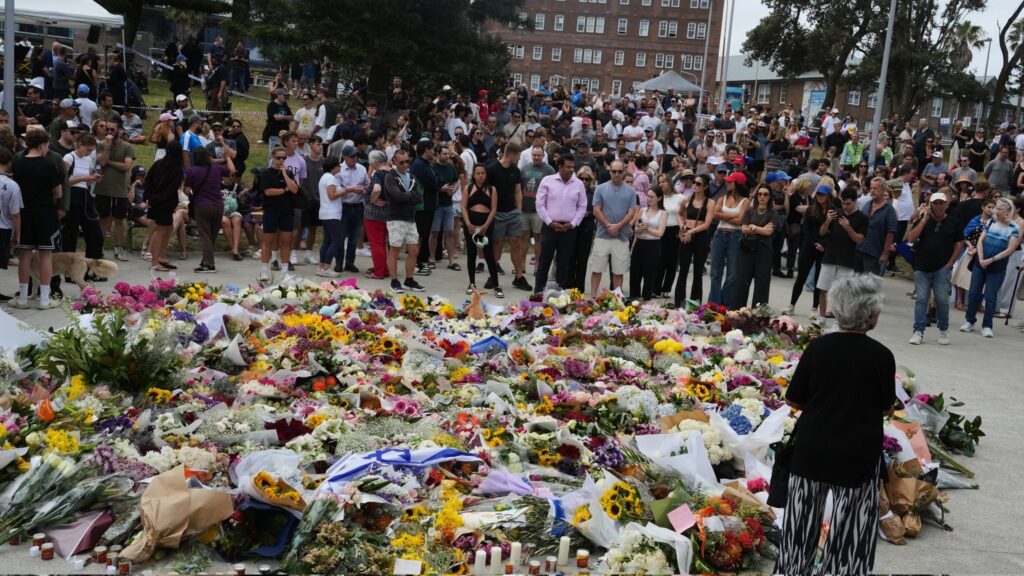UPDATES
The latest Fatah-Hamas Summit and the ongoing fighting
February 7, 2007 | AIJAC staff
Update from AIJAC
February 7, 2007
Number 02/07 #03
PA President Mahmoud Abbas arrived in Mecca overnight for a scheduled Summit with Hamas’ external head, Khaled Meshal. They will talk both about ending the ongoing Hamas-Fatah street battles, and make another attempt, after months of trying, to agree on a national unity government. This Update is dedicated to analysis of their prospects, as well as background on the conflict.
It opens with Jerusalem Post Palestinian affairs reporter Khaled Abu Toameh analysing what is likely to be discussed in the Summit especially with respect to the idea of a national unity government. He also argues that even if one is agreed on, the chances that this will end the ongoing clashes seem slim. For his discussion, CLICK HERE.
Next, Ronny Shaked, Arab affairs editor at Yediot Ahronot, Israel’s largest circulation newspaper, also argues that the Fatah-Hamas conflict is going to be hard to stop by agreements, summits, or outside mediation. He says it is best understood as a real conflict over the identity and future of Palestinian society, and will most likely take a civil war to resolve. For Shaked’s analysis, CLICK HERE.
Finally, another columnist from Yediot, Sever Plocker, puts the fighting in Gaza into a wider regional context as part of the broader fight between the Sunni establishment and radical forces led by Iran. He says Lebanon is also a part of the wider conflict. He also holds out little hope that a national unity government will lead to any real end to intra-Palestinian conflict. For his argument, CLICK HERE.
Analysis: Summit won’t end Hamas-Fatah rivalry
By KHALED ABU TOAMEH
Jerusalem Post, Feb. 6, 2007
Even if Tuesday’s summit in Mecca between Mahmoud Abbas and Khaled Mashaal results in an agreement on the formation of a Palestinian unity government, this will not necessarily end the power struggle that has been raging between Fatah and Hamas for weeks.
Over the past few months, the two parties announced at least three times that they had managed to strike a deal on the unity government. Ironically, each announcement was followed by another round of armed clashes that claimed the lives of dozens of Palestinians.
Last weekend’s bloody events in the Gaza Strip – the worst since the confrontation began – were accompanied by statements from both Hamas and Fatah officials to the effect that the two sides were “very close” to reaching an agreement. According to a senior Hamas official, the two parties have resolved 96 percent of the differences. Fatah leaders, on the other hand, expressed cautious optimism, noting that it was premature to talk about a breakthrough.
The major sticking points that have thus far prevented the formation of a unity government center around the distribution of cabinet portfolios and Hamas’s refusal to abide by previous agreements signed between the PLO and Israel.
Although Hamas has reportedly agreed to cede control over a number of key ministries in the proposed unity government, including the Foreign Affairs, Information and Finance ministries, the Islamic movement is still opposed to handing over the Interior Ministry, which is formally in charge of the Palestinian Authority security forces, to Fatah.
Moreover, the two sides have yet to agree on the identity of the Fatah official who will be appointed deputy prime minister. But what is certain is that the new government will be headed by incumbent Prime Minister Ismail Haniyeh of Hamas.
With regard to the political platform of the unity government, Fatah is no longer insisting that it contain an explicit recognition of Israel’s right to exist or a renunciation of terrorism as demanded by the Quartet.
At Tuesday’s summit, Abbas and Mashaal will try to reach an agreement on the future of the agreements with Israel. Hamas has made it clear that it is prepared to go as far as “honoring” the agreements without committing itself to “abiding” by them. In other words, Hamas does not want to be seen as having accepted the Oslo Accords and the two-state solution.
But even if the two sides manage to resolve the dispute over the cabinet portfolios and political program, it remains to be seen whether they would be able to restore mutual confidence in light of the recent fighting. Hamas remains very skeptical of Fatah’s intentions and is convinced that Abbas and his lieutenants are actually trying to topple the Hamas-led government with the help of the US and Israel.
Fatah, for its part, is convinced that Hamas’s main goal is to stick to power at any cost and to turn Fatah into a junior partner in the unity government.
It also remains to be seen whether Fatah and Hamas would be able to enforce discipline on their militiamen on the streets of the West Bank and Gaza Strip. The events of the past few weeks have demonstrated that the two sides have lost a certain degree of control over their gunmen, who continue to shoot at each other despite numerous cease-fires.
Under the circumstances, a Fatah-Hamas government will most likely be a recipe for increased tensions between the two parties, as each side continues to stick to its traditional position. In light of the deep hostilities between the two parties, it would be no surprise if the tensions between the Fatah and Hamas ministers result in renewed fighting on the streets.
————————————————————————
Religious war in Gaza
Gaza clashes are over values, way of life and future Palestinian identity
Ronny Shaked
YNET.com, Feb. 4, 2007
This war is becoming increasingly hard to stop. It apparently can’t be halted by agreements, by meetings between Palestinian Authority Chairman Mahmoud Abbas and Khaled Mashaal or by Saudi, Syrian or Egyptian intervention. Even the establishment of a national unity government is unlikely to halt the battles.
Israeli media is using the Arab term “falatan” (lack of security) – a state of security lawlessness, a war of gangs and militias. This description is inaccurate. The war is being waged between Hamas and Fatah. The militias and other organizations, ranging from Islamic Jihad to the Popular Front, are not taking part. In fact, they are trying to mediate, reconcile, and end the infighting. The public at large is not participating in this war, it is staying at home.
Hamas embarked on this war with some 10,000 fighters – 6,000 from among the ranks of what is known as the Executive Police Force founded by the Hamas government, and 4,000 armed members of the Izz al-Din al-Qassam Martyrs’ Brigades.
The gunmen are well trained and organized within a quasi military organization, and they are equipped with every means of warfare including sniper rifles, communications devices, flack jackets, night vision equipment, Kalashnikov rifles, hand grenades, RPGs and almost limitless munitions. This force is ready for battle, it has been training for the past two years, and is also ready to engage in a civil war.
Up against them are Fatah and Abbas loyalists along with the national security forces who together total some 60,000 gunmen. The majority lacks any formal military training and is fighting with light weapons while suffering from a lack of munitions and logistic means – yet more importantly, they were not trained for warfare against Hamas.
Such a situation can be compared to civil defense forces fighting elite units. In the last few days of fighting Hamas dispatched 100 percent of its forces, while Fatah and its supporters dispatched no more than 10 percent of their combatants.
Although Fatah succeeded in the battle over the Islamic university, it was dealt a severe blow in other places. The majority of fatalities over the weekend came from the Fatah camp. Hamas had the upper hand in this weekend’s battles.
This is just the beginning
The Palestinian infighting is no different than other civil wars. This is a war over values, over a way of life, and over the future identity of Palestinian society and state: It pits Fatah’s secular democratic nationalism against Hamas’ radical Islam.
Hamas is fighting passionately in the name of religion and is backed by the “fatwas”- religious edicts that defines Fatah members as heretics and justifies the killing of Muslims. Such a war took place in Algeria. Fatah sources are saying that the battles are aimed at preventing “Algerization” of the Territories.
Hamas treats Fatah as “mortadin,” namely as those who abandoned the way of Islam after the death of the Prophet Muhammad. His successor, Caliph Abu Bakr, issued a religious edict that permits and encourages their killing.
Fatah members, on the other hand, regard themselves as true Muslims and view Hamas as ‘khawaraj’ – a group that detached itself from the Islamic community, strictly adheres to religious laws, and defines those who do not follow its path as heretics punishable by death.
Fatah and Hamas both believe that the infighting in the Palestinian Authority has just begun. Therefore, Hamas is insisting on establishing a national unity government – under its cover it will maintain its power and continue to instill the values of radical Islam among the population.
Hamas and Abbas want a unity government in order to reach a lull in the fighting for the purpose of strengthening their forces for the next round of battles, which will culminate in either a military victory or a victory at the polls.
A unity government is not likely to bridge the gaps, and the battles will inevitably be resumed. A decision will only be reached after a lot of blood has been shed and after the defeated party will disarm and accept the authority of the victor.
Israel and the entire region would be much better off if Fatah were to win this war.
————————————————————————
Clash of Muslim civilizations
Outcome of current conflicts will determine future of Mideast’s Muslims
Sever Plocker
Ynet.com, Feb. 5, 2007
There are currently several volatile fronts in the Mideast but only one war. In Gaza, Beirut, and Baghdad and increasingly in Iran as well, a great war is now being waged over the soul and image of the Muslim Mideast.
Pitted against each other in this war are radical Islam against the moderates; jihadists against human rights activists; terrorists against civilians, and for the first time in this type of conflict in the Arab world, even moderates are taking up arms and fighting back the attackers.
The outcome of this conflict will determine the future and character of the Arab-Muslim civilization in the Middle East. If Hamas defeats Fatah in Gaza, if Hizbullah overpowers the incumbent multi-ethnic coalition in Lebanon, if the suicide bombers topple the elected Iraqi government in Baghdad, and if Ahmadinejad’s cronies reverse the local election results and prevent the reestablishment of sane statesmen in Teheran – the region will sink into a black sea of backwardness, and a red sea of a holy war.
An alternative option
But a reverse outcome is also possible; new elections in the Palestinian Authority with a clear majority for the parties opposing Hamas; Hizbullah’s removal from the center of Lebanon’s arena to its militant sidelines; ousting of the Iranian president and expropriation of his authorities in favor of the moderate conservatives; and eradication of the murderous terror gangs throughout Iraq.
Neither of these options is dictated from above. Experience shows that the spreading of Islamic Jihad can be halted, albeit the heavy cost of a civil war. Yet even prevention of an open conflict is costly. Fanatics are incapable of ruling anyone in any country – not in Afghanistan, Sudan, Iran or Palestine – and therefore in order to conceal their inability to rule, they drag their people into bizarre wars and adventures that inevitably culminate in destruction, deterioration and bloodshed.
From this standpoint, Islamic fanaticism is adopting the modes of rule prevalent in 20th century radical Western ideology. Similar to these ideologies, fanatic Islam requires the constant fire of an armed revolution, a holy war of some type or another and ambitions for physical and ideological dissemination.
Only this way, in a climate rife with incitement and sacrifice, can it recruit the masses and silence the dissidents. Regime failures by fanatic movements will be forgiven – as hoped by the leadership against the backdrop of honing swords, showcase trials and witch hunts. According to them, silence is tantamount to filth. When civilians attempt to stabilize their country and improve their economic plight, fanaticism tends to collapse.
Stability is therefore radical Islam’s primary enemy, just as it was the enemy of fascism. Therefore, there is no practical solution for peaceful coexistence between the radicals and the moderates.
The dream of a “national unity government” in which terrorists will rule alongside civilians and fanatics alongside experts is not a viable option. Even if such a government is established in Ramallah or Beirut, it is destined to quickly collapse and leave scorched earth behind.
You can’t ride a predator unless you are wiling to be its next prey.
Israel is currently positioned on the outside of this intra-Arab, intra-Muslim clash of civilizations, but only ostensibly: Coming to terms with Israel’s right to exist is one of the key issues in this conflict, although not the main bone of contention. At the heart of the conflict lies the question of the future: What kind of a future can the hundreds of millions of children in the Muslim east expect – one of jihad or growth? Light or darkness?
This dilemma can only be resolved by the Arab world, and there will be no shortcuts.
Tags: Iraq





